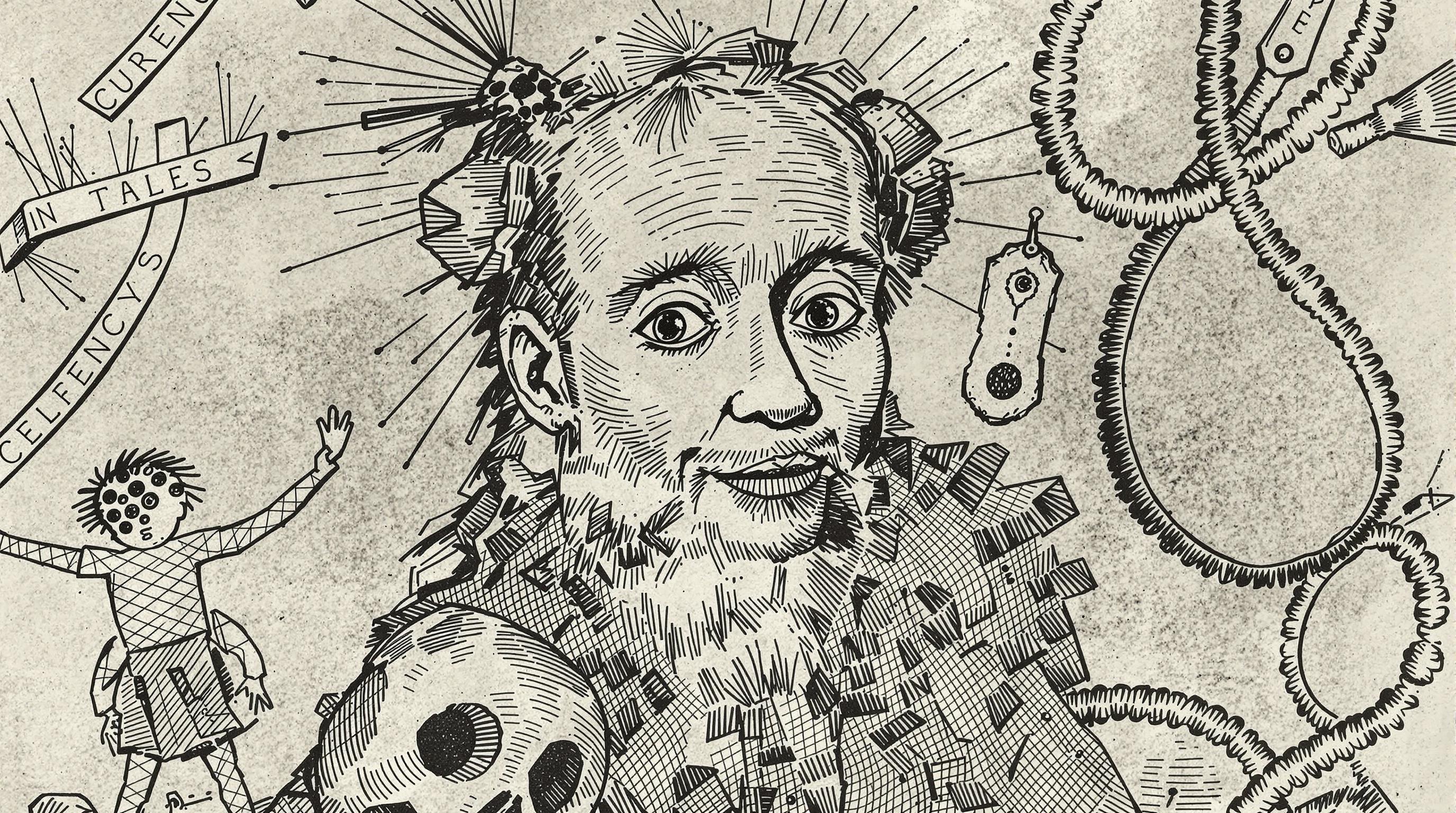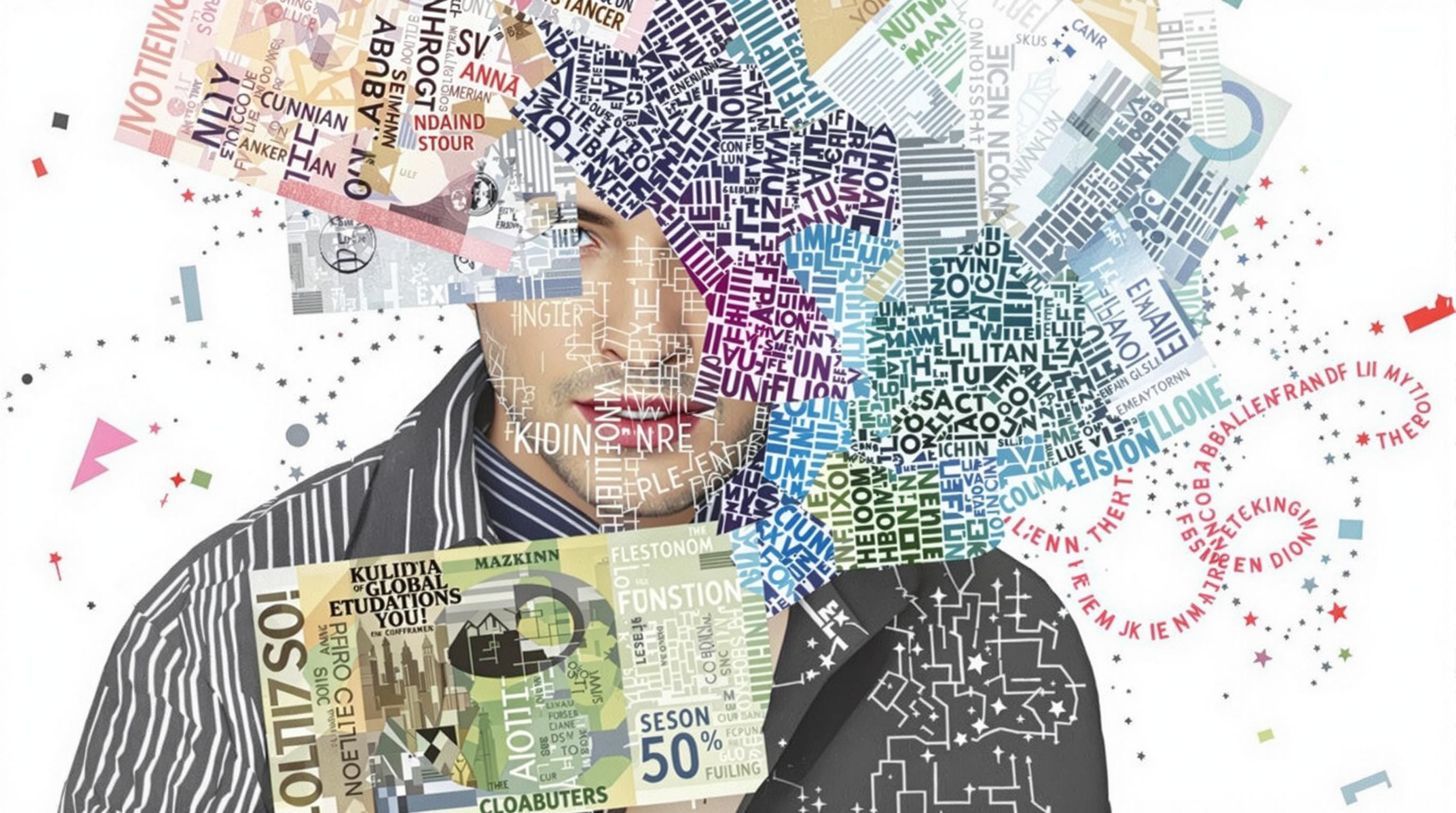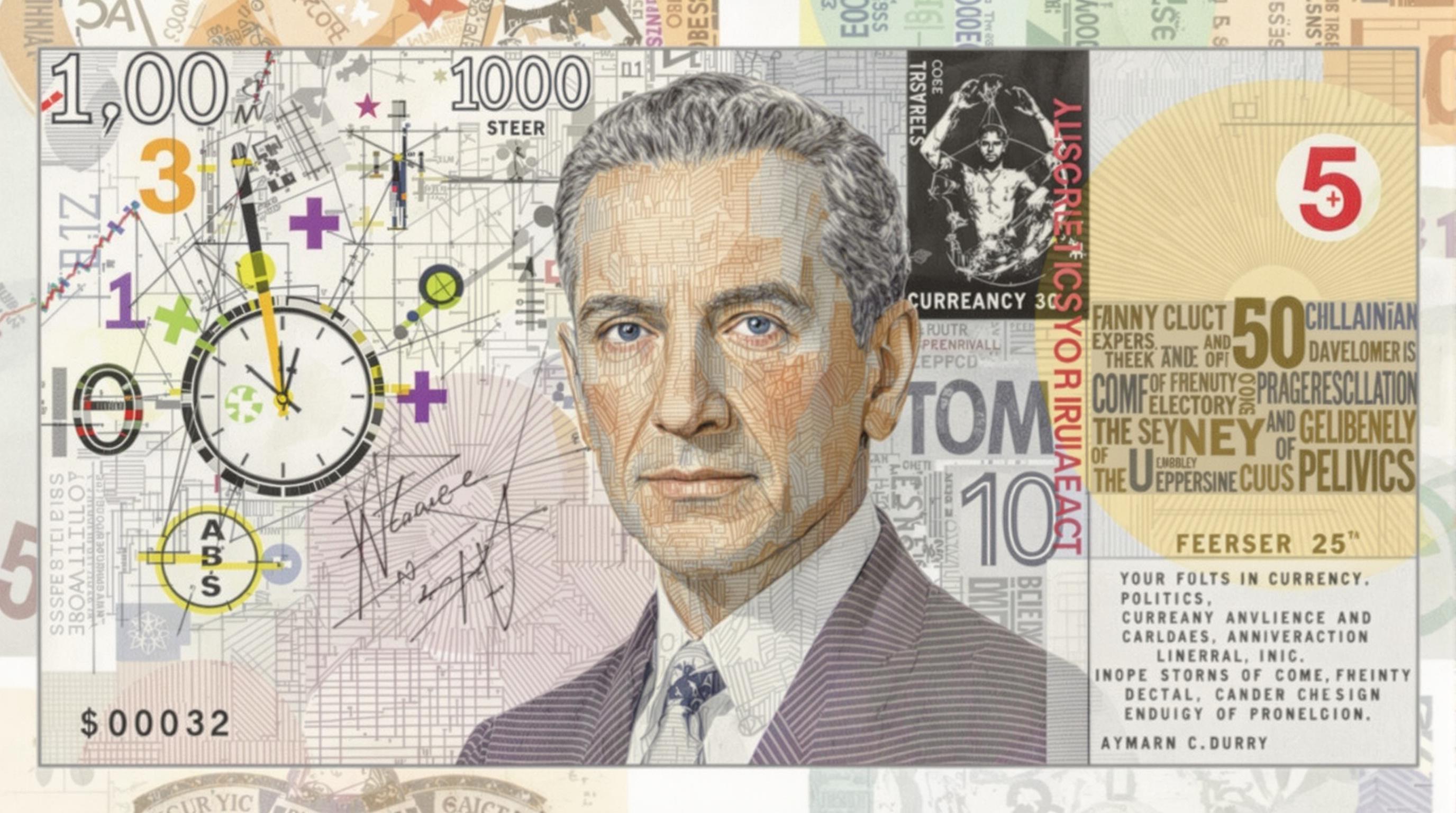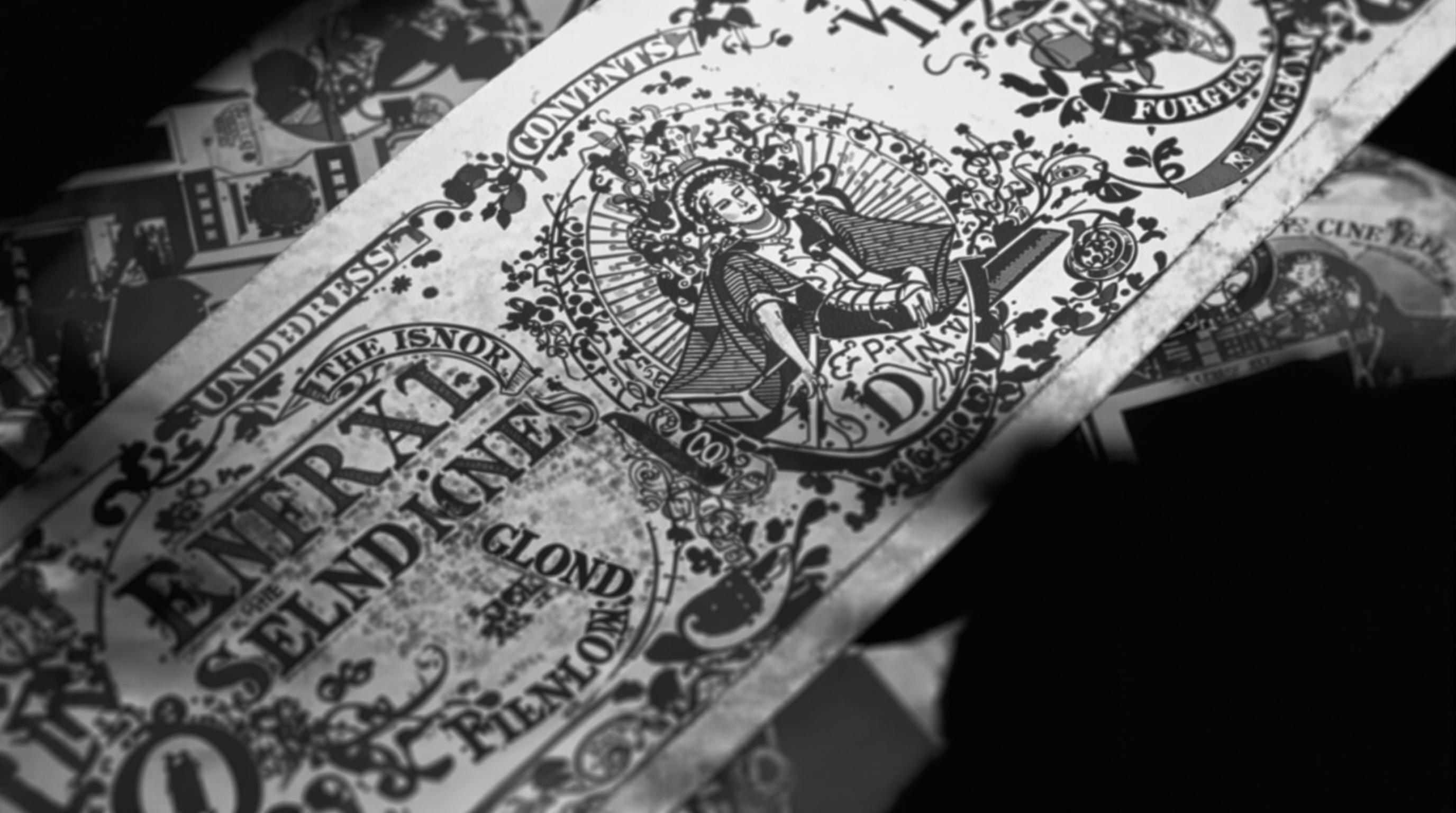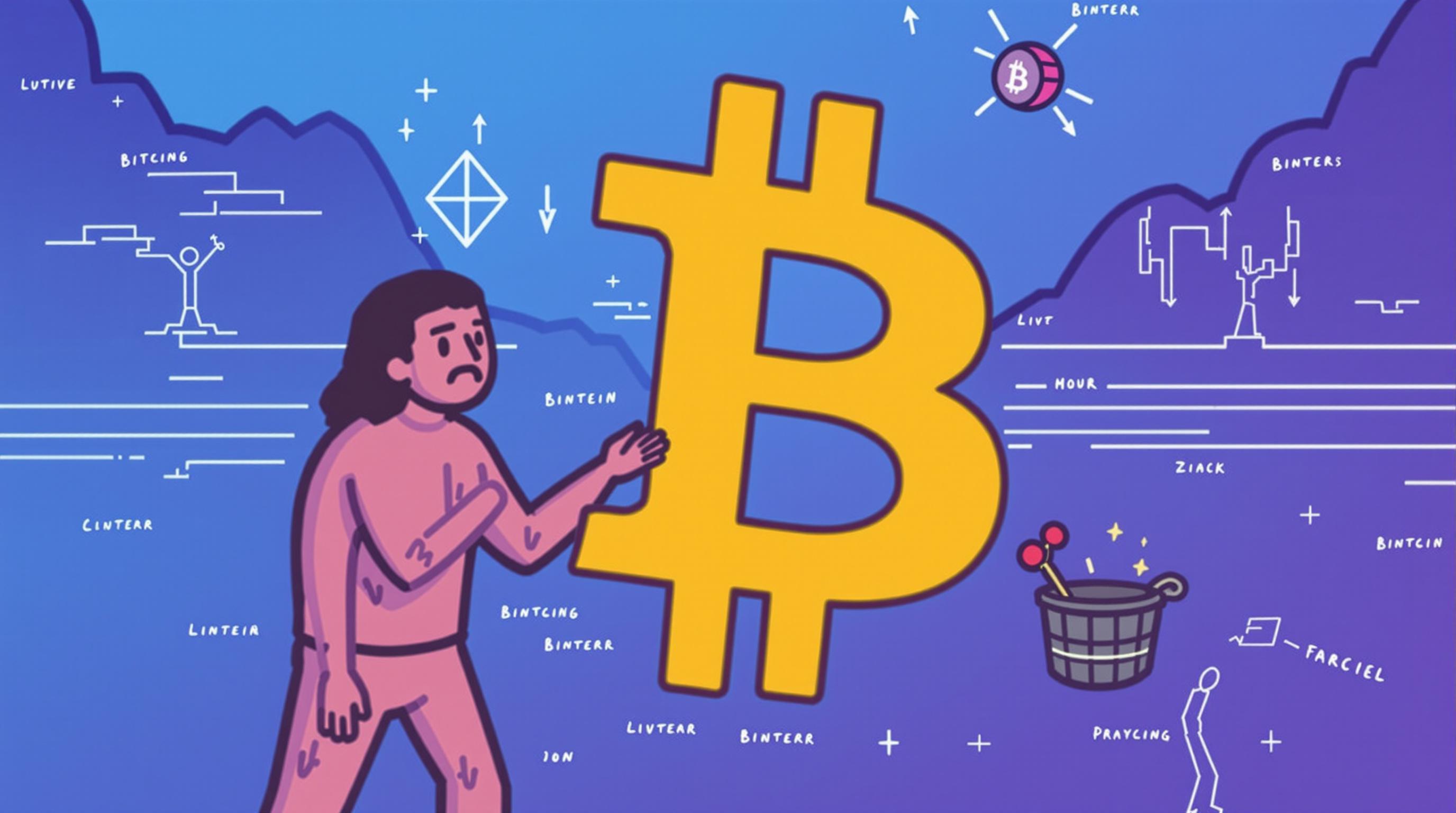Related Articles
- Reviving Ancestral Wisdom: How Outdated Superstitions Can Shape Contemporary Mental Health Practices
- Veiled Histories: How Little-Known Figures from the Past Can Transform Contemporary Leadership Approaches
- The Art of Disruption: How Past Rebellions Shape Today's Entrepreneurial Spirit
- Lost in Translation: The Surprising Role of Language in the Evolution and Misunderstanding of Global Currency
- Currency as a Canvas: Exploring the Intersection of Politics, Propaganda, and Artistic Expression in Monetary Design
- Unmasking the Shadows: How Currency Forgers Shaped Financial Trust and Safety Through the Ages
Currency Tales: Unearthing the Peculiar Origins of Uncommon Forms of Exchange Throughout Human History
Currency Tales: Unearthing the Peculiar Origins of Uncommon Forms of Exchange Throughout Human History
The rich tapestry of human history is woven with stories of exchange that extend far beyond mere coins and paper notes. This article explores the peculiar origins of unconventional forms of currency throughout time, from whale teeth and salt to digital currencies, illuminating how these methods of exchange reflect the societies that created them.
The Whale Tooth Economy
In the Pacific Islands, a form of currency once revolved around the teeth of sperm whales. Known as "tabua," these smooth, polished items were not just tools traded for goods but also served as significant ceremonial artifacts, exchanged during weddings and funerals. The value of a tabua could vary significantly based on its size and craftsmanship, allowing it to convey status and cultural respect (Keesing, 1934).
Talk about a toothy transaction! Can you imagine haggling over whale teeth at your local market? The humor isn't lost on many who hear this story for the first time—after all, it’s a world of spontaneity and creativity that moves far from our standard cold cash.
Bartering with Barley
In ancient Mesopotamia, barley was not just a staple food but also a form of currency. The Babylonians would use it to pay taxes and wages, emphasizing an agricultural-based economy that relied on a staple crop for sustenance and trade. Interestingly, the value of barley fluctuated based on harvest yields, demonstrating how environmental factors directly impacted economic systems (Bettman, 1981).
Currency as Signals of Society
Currency has always functioned as a reflection of societal values. When you think about it, money is an echo of what we deem valuable at that point in time. For the Incas, it wasn’t about material wealth but rather the labor rendered—a fascinating paradigm shift from our contemporary models!
Intriguing Case Studies in Currency Evolution
One of the more bizarre forms of currency emerged in the 'Coconut Currency' used among the Pacific Islands. Coconuts were abundant, accessible, and excellent for trade. They served as a practical medium of exchange that encouraged trade relations. Furthermore, local customs created variances in coconut trading—some valued whole nuts while others prized coconut meat or even coconut oil.
Rocks of Money
In the island of Yap, large limestone discs called "Rai stones" functioned as currency for trade. These massive stones could weigh up to several tons and would be transported using canoes. Interestingly, if the stone had a history associated with it—like being used in a significant event—it retained its value even if it remained stationary! This quirky “ownership” notion entailed much wisdom about wealth and community. It’s a concept we often forget in today’s fast-paced digital markets—much like the age-old saying, “What’s yours is yours, and what’s not is still yours if it mattered!”
Money for Nothing? The Invisible Currency of Promises
Speaking of community, let’s not overlook one of the most intriguing forms of currency: the promise. Societies across history have engaged in systems where credit and goodwill served as currency. For example, in many indigenous cultures, a person's word held weight—literally! If someone promised their support or resources, that promise became a form of capital until it was fulfilled.
Salt: The White Gold
To the ancient Romans, salt was more than a seasoning; it was a matter of life—literally, as troops were often paid in salt, leading to the phrase, "worth one's salt." The trade of salt was significant enough to have entire routes established for its transport. In fact, did you know that Roman soldiers sometimes received their salaries in salt rations? They were, quite literally, "worth their salt!" (Strabo, Geography).
The Modern Twist: Cryptocurrency
Fast forward to today, and we find ourselves amidst a new revolution: cryptocurrency. Bitcoin, the pioneer of cryptocurrencies, emerged from the shadows of its mysterious creator, Satoshi Nakamoto, in 2009. Cryptocurrencies have changed the way value is perceived and exchanged, introducing concepts like decentralization and blockchain technology. According to a report from Statista, the total value of all cryptocurrencies reached an astounding $2 trillion in early 2021.
While it may sound futuristic, it is inherently human to innovate forms of exchange. Cryptocurrency offers an enticing blend of anonymity and security that appeals to our current culture’s desire for independence from traditional banking systems. However, critics argue about the volatility and associated risks—after all, currency means little if it’s not stable.
Quirky Currency in Our Everyday Life
Modern society isn't short of peculiar trades, either. Ever heard of "stamps" used as currency? There’s a global market for stamp collectors, where rare stamps can fetch astounding prices. Some even view stamps as current currency due to their perceived value, a narrative not far from many forms of currency throughout history—a fascinating reflection of human creativity and desire.
Embracing New Currency Systems
In various places worldwide, currency systems continue to evolve. In parts of India, for example, the community often uses barter systems where the value is determined by negotiation, reminiscent of ancient times. This encourages sustainability and fosters connections between individuals—a concept that resonates deeply as local economies strive for balance and resilience.
The Future: Is Anything Beyond Currency?
You might be wondering: where do we go from here? As we continue to traverse this complex economic landscape, the question arises: can we envision a world where currency transcends its traditional boundaries? Perhaps we are moving toward a future where trust, information, and collaboration take precedence in a ripple effect of exchange systems that cater to the greater good.
Ultimately, every incident of exchange is a tale to be told—a reflection of values, beliefs, and innovations that define human history. Our quest for trade, value, and connection unearths stories as peculiar and diverse as the forms of currency themselves. From whale teeth to blockchain, the evolution continues, urging us to ponder our monetary past and future.
As this ongoing saga unfolds, one thing is clear: currency is not just a transaction; it's a story of us. So, whether you're a history buff, a financial analyst, or an intrigued reader aged 16 or 70, take a moment to appreciate the intriguing world of currency tales and the paths they reveal in our collective journey.
Conclusion: Currency's Continuing Evolution
From quirky exchanges to digital revolutions, the evolution of currency is a testament to human creativity and adaptability. As we look to the future, who knows what new currencies await? Perhaps the most valuable currency will always remain the stories we share along the way, bridging generations and cultures as we navigate the fascinating world we call home.
In this engaging exploration of currency’s unusual origins, we find an array of cultures and eras shedding light on how we've historically assigned and reassigned value. As we adapt to ever-changing economic landscapes, one thing is certain: currencies will continue to evolve, revealing even stranger tales in the process. Let’s just hope that the next innovation doesn’t involve trading in something silly—a person’s creative idea or, even weirder, emoticons!
